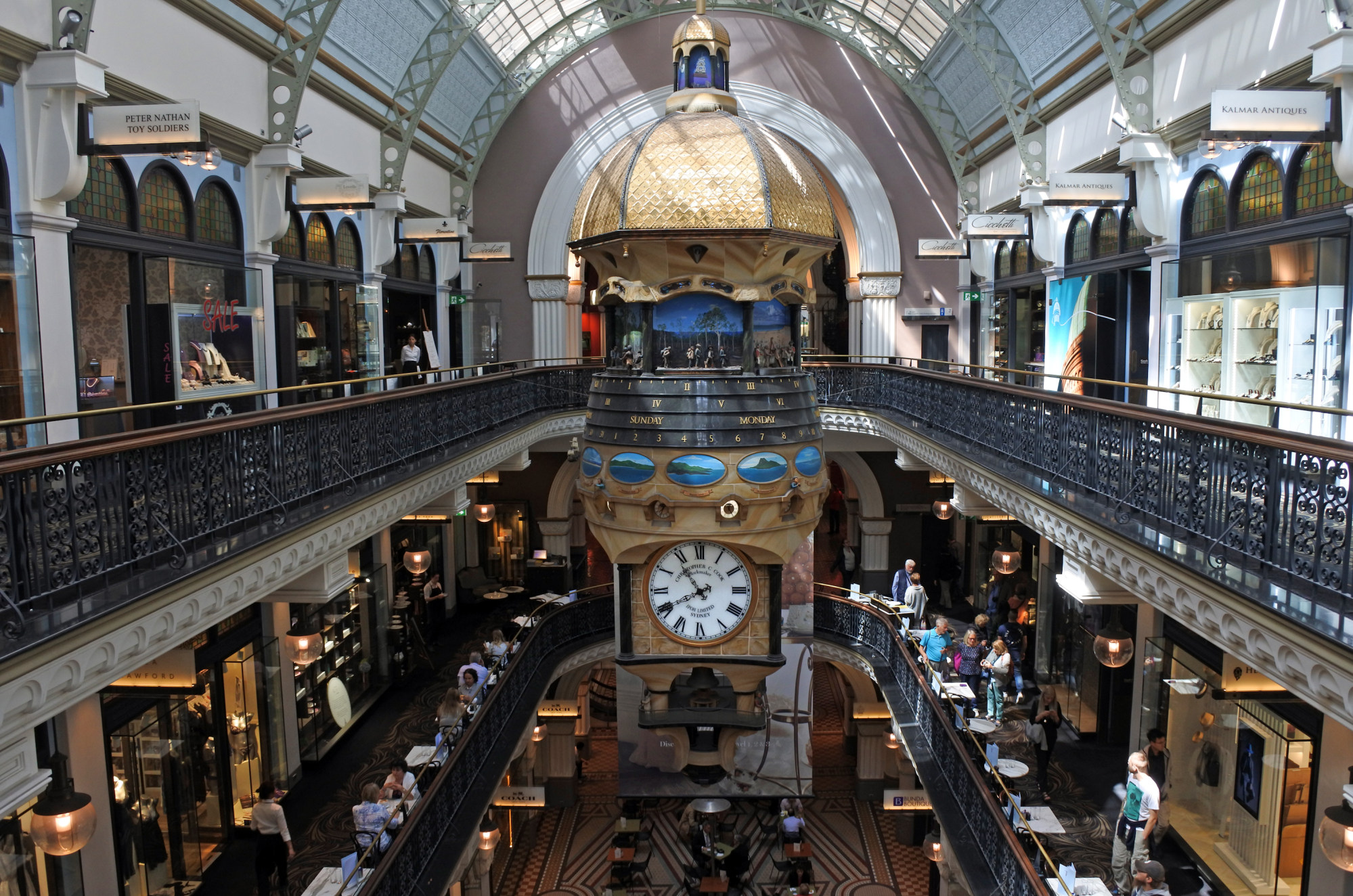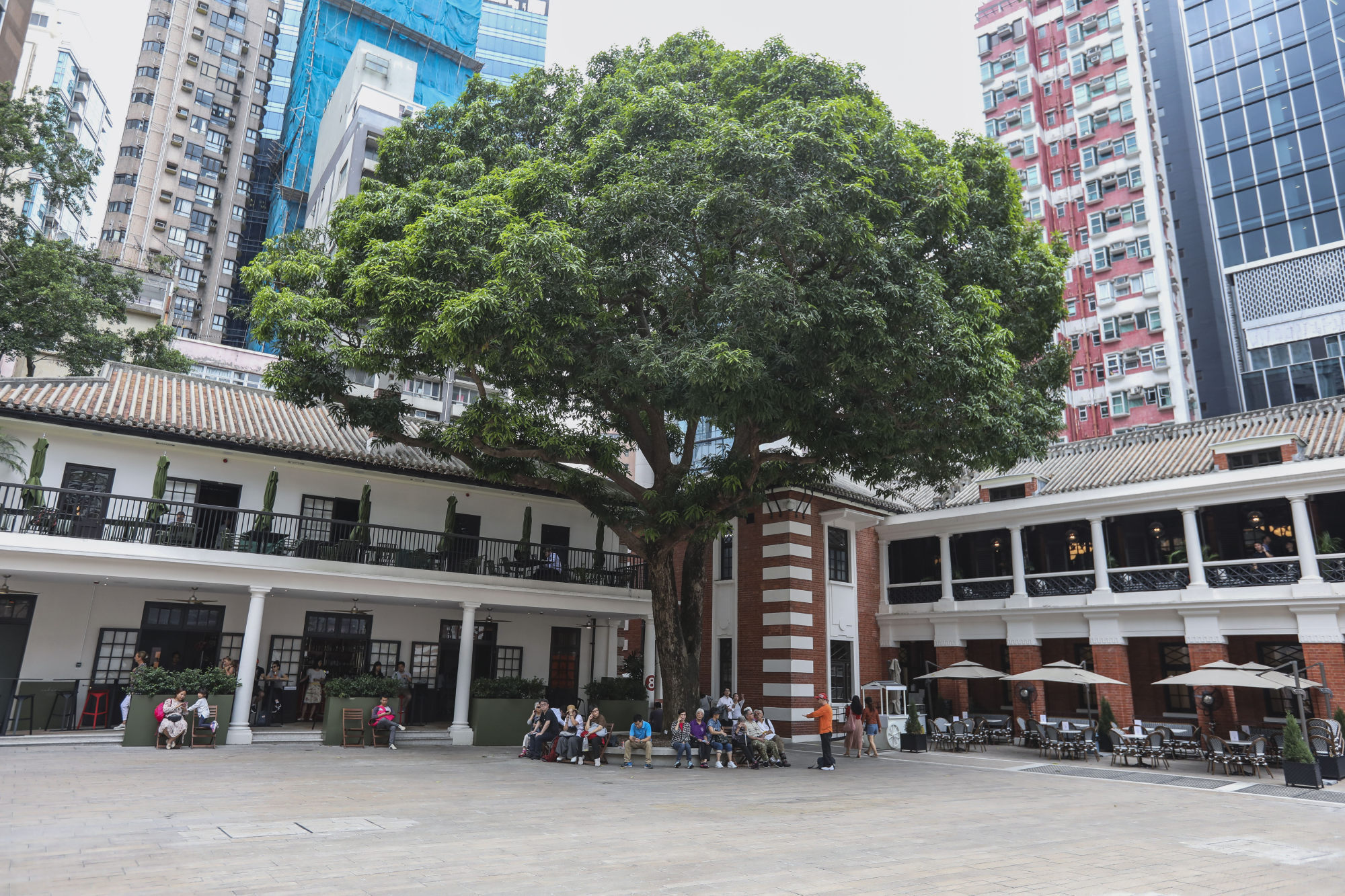
Hong Kong historical heritage tourism? Sanitised and soulless, the city’s ‘revitalised’ buildings are empty shells and missed opportunities
- Hong Kong has a relatively short history, and architecturally is even younger because of massive urban renewal and redevelopment
- Its revitalised heritage buildings are unappealing, sanitised and lifeless, and hard to imagine as tourist attractions
Let’s face it, Hong Kong has not been a long-haul tourist destination in its own right for decades; for many travellers, the city was a stopover on the way to somewhere else. A convenient, exciting enough place to break the jet lag for a few days, with some shopping, dining and sightseeing possibilities – but not much more.
Targeted inbound historical tourism – while intermittently discussed – has always been a non-starter. Let us examine a few cold facts. Urban Hong Kong is only 180 years old, with enormous redevelopment in the past 70 years. A victim of its own post-war success, little built heritage remains compared with other major regional cities.
What does remain is fragmented, scattered and provides clues for residents (of all ethnicities) to understand how the place where they make their lives came about. But for short-term transients from places with entire extant precincts from a similar era, any “wow” value is limited. What might be unique in a Hong Kong context would be pedestrian elsewhere.
How might Hong Kong appear to a new influx of tourists, when pandemic restrictions end? What will well-informed, affluent visitors from Melbourne, Sydney, San Francisco, New York or London think when confronted by the intersection between heritage-themed marketing hype and the reality that unfolds before their own eyes after a few years off the travel radar?

What would their unvarnished impressions be? Might we first, in the words of Scottish poet Robert Burns’ poem, To A Louse, On Seeing One On A Lady’s Bonnet At Church, “see ourselves, as others see us”.
Western Market – a not-very-large, repurposed Edwardian market building dating from 1906, marooned in among anonymous tower blocks from the 1970s and ’80s, with unspecial eateries, ticky-tacky souvenir shops, and a mostly deserted fabric market. Hong Kong’s answer to London’s famed Borough Market? Nope – that it ain’t.
Lantern maker for Mid-Autumn Festival in Hong Kong on his love of the craft
Central Market – this latest addition to a new generation of “revitalisation” efforts has been sanitised to within an inch of its life. Old photographs are strung out in various places to give a “heritage” vibe, but devoid of any context, they are just black-and-white or sepia-toned images.
Given its location, Central Market’s eateries reflect the presumed tastes and spending abilities of nearby office workers. Contrast this, in terms of size, architectural merit, retail and culinary opportunities, to (let’s say) Sydney’s Queen Victoria Building; no, on second thoughts – kinder not to.


Only a few steps more, and highly coloured ghost stories assume a life of their own – the breath of death itself for any retail or residential development. Better to do a Hong Kong version of the famed “don’t mention the war …” comedy sketch than come up with anything interesting, thought-provoking, or historically sound.
Meanwhile, pretentious eateries – with Melbourne-plus-freight prices – sum up the overall visitor experience. Tai Kwun is a beautifully renovated complex of old buildings, well stocked with venues that are expensive for what they offer – hardly a destination in its own right. And how much more so in an internationally marketed, “heritage tourism” context.

